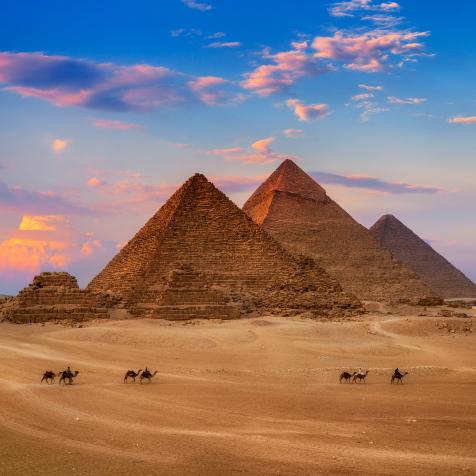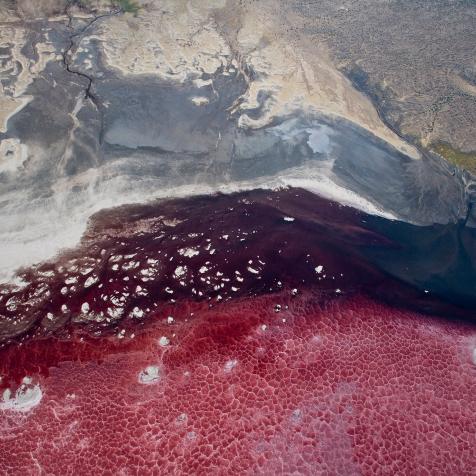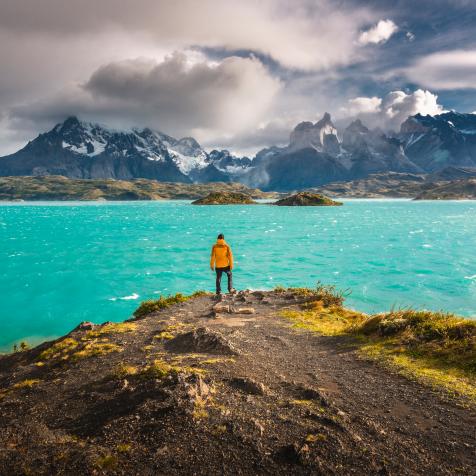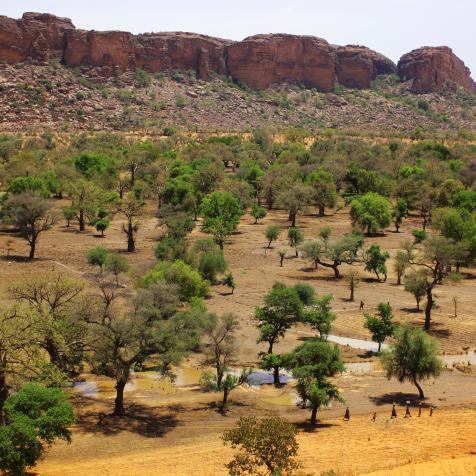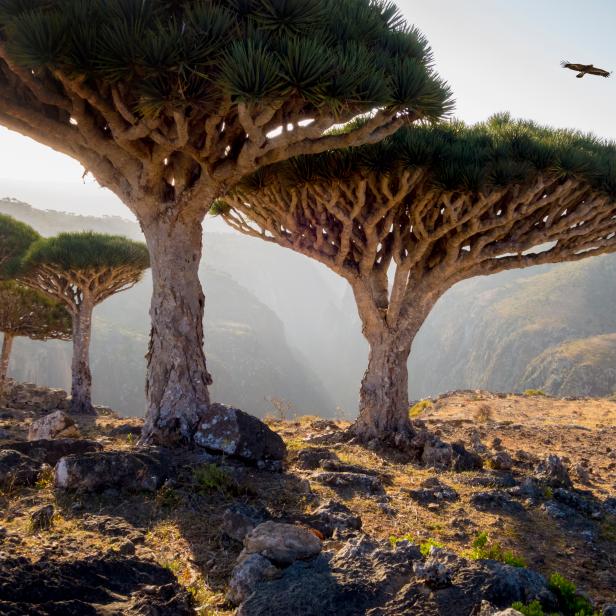
John M Lund Photography Inc
The Lost World of Socotra Archipelago
If aliens ever visit Planet Earth, Yemen’s “Dragon’s Blood Island” is probably where they would make their first contact.
Socotra, the largest of four islands in the Socotra archipelago, is located between the Guardafui Channel and the Arabian Sea. While politically a part of Yemen, which is an Asian country, geographically, Socotra is located in Africa.
Island of Dragon's Blood
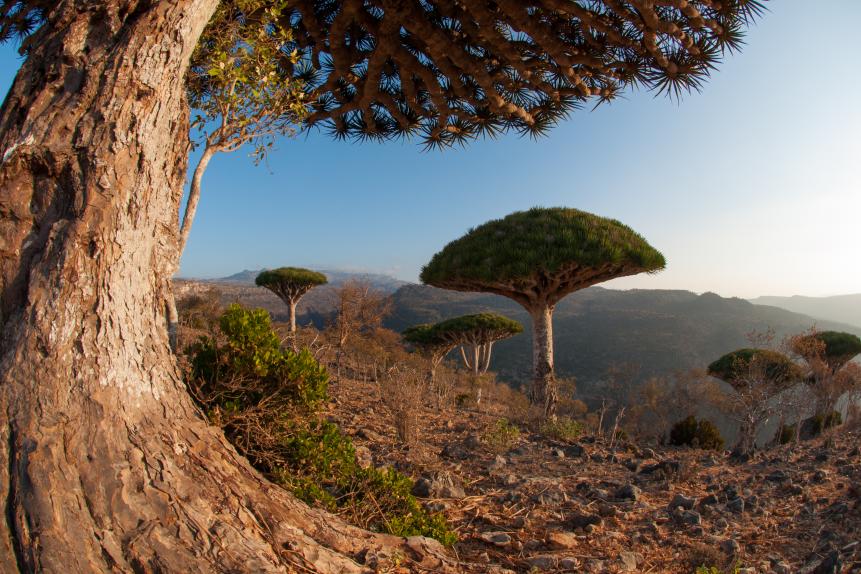
Mario Eder
These unique and weird looking trees are located on Socotra Island in the Indian Ocean 240 kilometres east of the Horn of Africa, Yemen. These extraordinary trees are called Dragons blood trees due to the red resin they are producing and which was used as dye and medicine in ancient times. Looking like open umbrellas, they make the Diksam Platou to one of the most alien looking place on the earth.
Socotra is one of the most isolated landforms on Earth of continental origin. The island is so isolated that a third of its plant life cannot be found anywhere else on this planet, including the notable strange-looking, umbrella-shaped dragon’s blood trees that look like flying saucers perched on trunks. Legend has it the extraterrestrial trees first grew in the spot where two brothers, Darsa and Samha, fought to death. In Arabic, it is known as dam al akhawain, “the blood of the two brothers.”
Unique Biodiversity
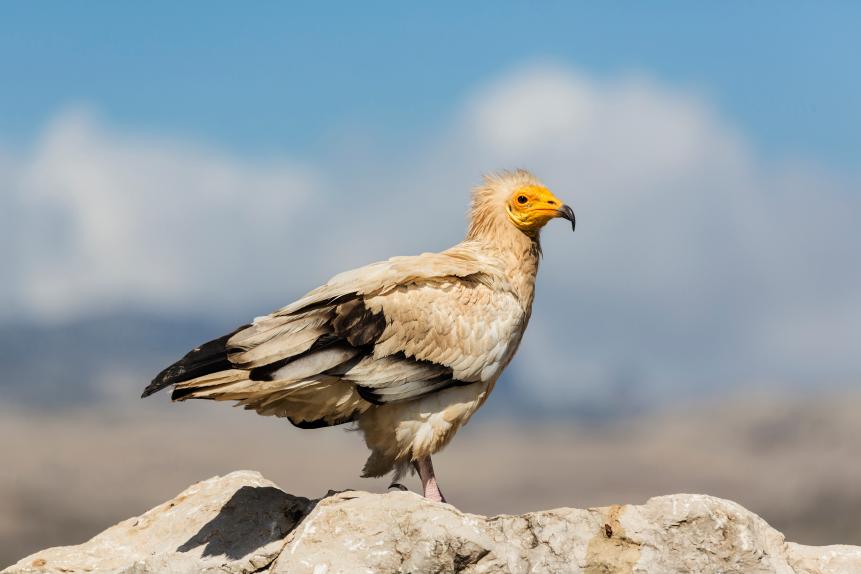
Jeremy Woodhouse
Considered the jewel of biodiversity in the Arabian Sea, Socotra has high global importance for biodiversity conservation. Yemen’s secret “Garden of Eden” nourishes its biodiversity with rich and distinct flora and fauna, and it's home to nearly 700 endemic species. According to the UNESCO World Heritage Center, 37% of Socotra’s 825 plant species, 90% of its reptile species, and 95% of its land snail species are unique to the island and do not occur anywhere else in the world—making Socotra a UNESCO World Heritage Site as of 2008. The long geological isolation and its fierce heat and drought create a unique and spectacular flora on the island, which also form the perfect habitat for these endemic species.










